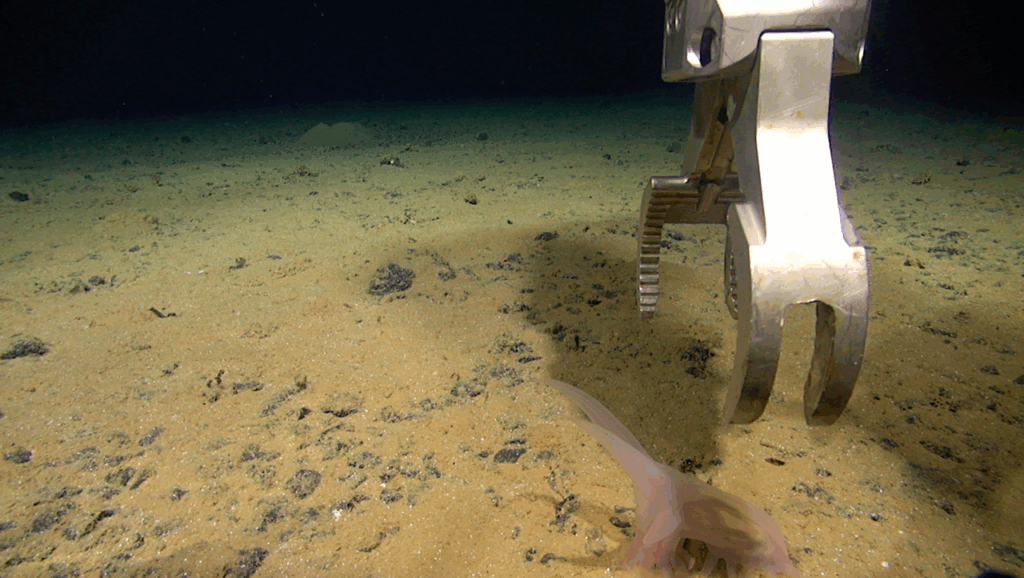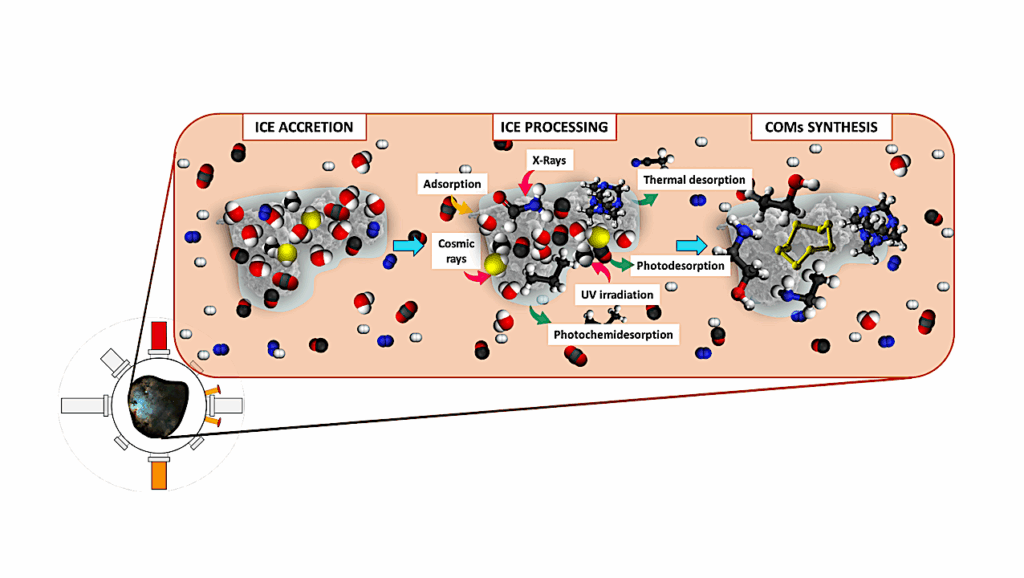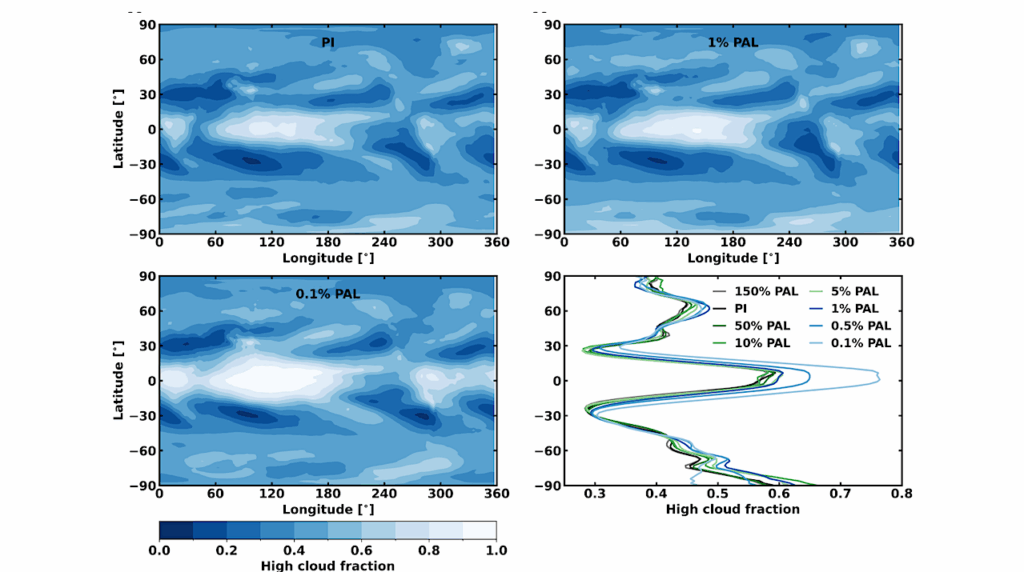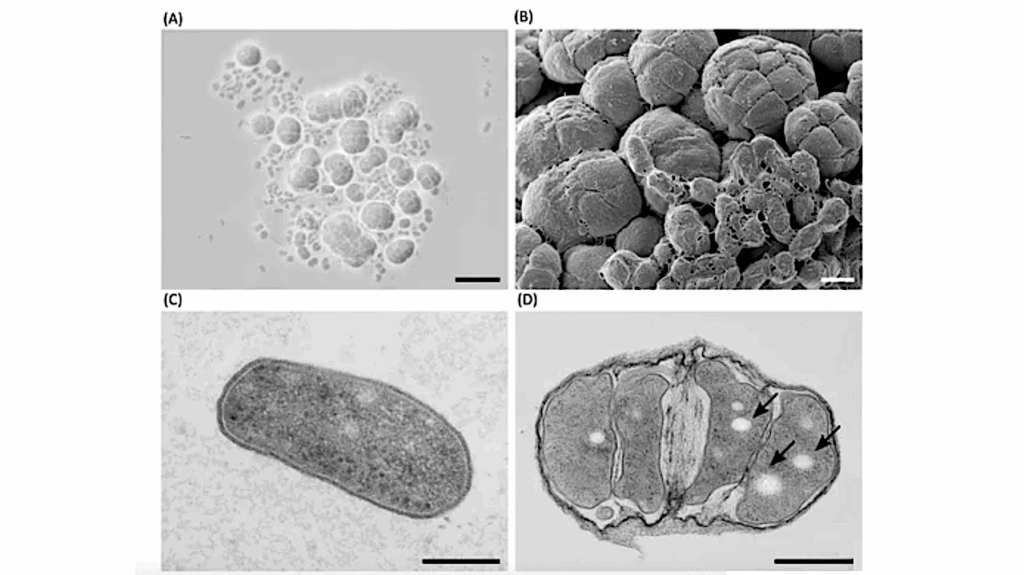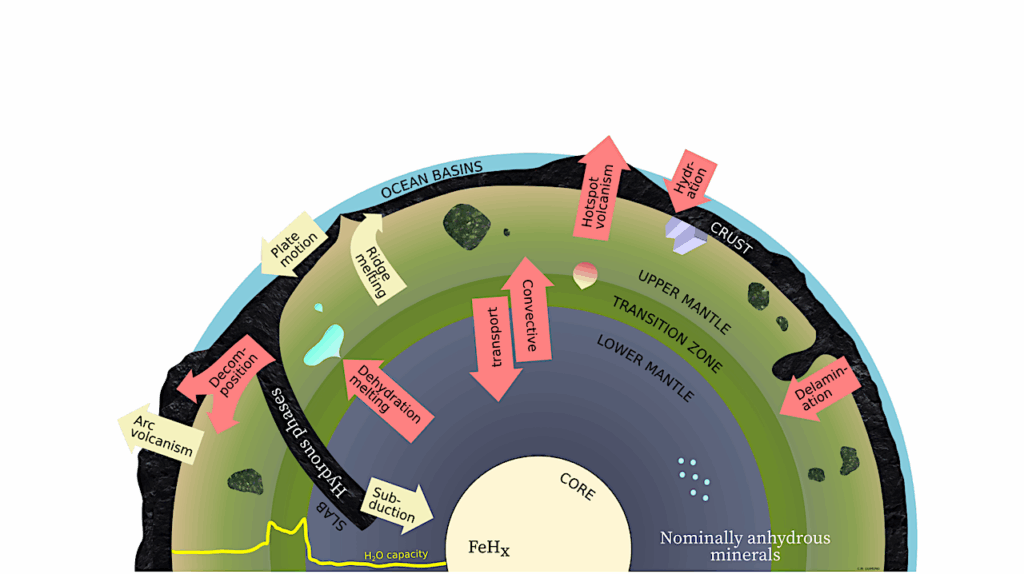Photochemistry Generated by Stellar Cosmic Rays for Planets in the Habitable Zone of M-Dwarf Stars

Understanding whether M-dwarf stars may host habitable planets with Earth-like atmospheres and biospheres is a major goal in exoplanet research.
If such planets exist, the question remains as to whether they could be identified via spectral signatures of biomarkers. Such planets may be exposed to extreme intensities of cosmic rays that could perturb their atmospheric photochemistry. Here, we consider stellar activity of M-dwarfs ranging from quiet up to strong flaring conditions and investigate one particular effect upon biomarkers, namely, the ability of secondary electrons caused by stellar cosmic rays to break up atmospheric molecular nitrogen (N2), which leads to production of nitrogen oxides in the planetary atmosphere, hence affecting biomarkers such as ozone. We apply a stationary model, that is, without a time-dependence, hence we are calculating the limiting case where the atmospheric chemistry response time of the biomarkers is assumed to be slow and remains constant compared with rapid forcing by the impinging stellar flares.
This point should be further explored in future work with time-dependent models. For the flaring case O3 is mainly destroyed via direct titration with nitrogen oxides and not via the familiar catalytic cycle photochemistry, which occurs on Earth. For scenarios with low O3, Rayleigh scattering by the main atmospheric gases became more important for shielding the planetary surface from ultra-violet radiation. A major result of this work is that the biomarker O3 survived all the stellar-activity scenarios considered except for the strong case, whereas the biomarker nitrous oxide could survive in the planetary atmosphere under all conditions of stellar activity considered here, which clearly has important implications for missions that aim to detect spectroscopic biomarkers.
Response of Atmospheric Biomarkers to NOx-induced Photochemistry Generated by Stellar Cosmic Rays for Earth-like Planets in the Habitable Zone of M-Dwarf Stars
John Lee Grenfell, Jean-Mathias Grriessmeier, Philip von Paris, Beate Patzer, Helmut Lammer, Barbara Stracke, Stefanie Gebauer, Franz Schreier, Heike Rauer
(Submitted on 22 Jun 2015)
Comments: published in ‘Astrobiology’ 2012
Subjects: Earth and Planetary Astrophysics (astro-ph.EP)
Cite as: arXiv:1506.06508 [astro-ph.EP] (or arXiv:1506.06508v1 [astro-ph.EP] for this version)
Submission history
From: John Lee Grenfell
[v1] Mon, 22 Jun 2015 08:57:09 GMT (485kb)
http://arxiv.org/abs/1506.06508


